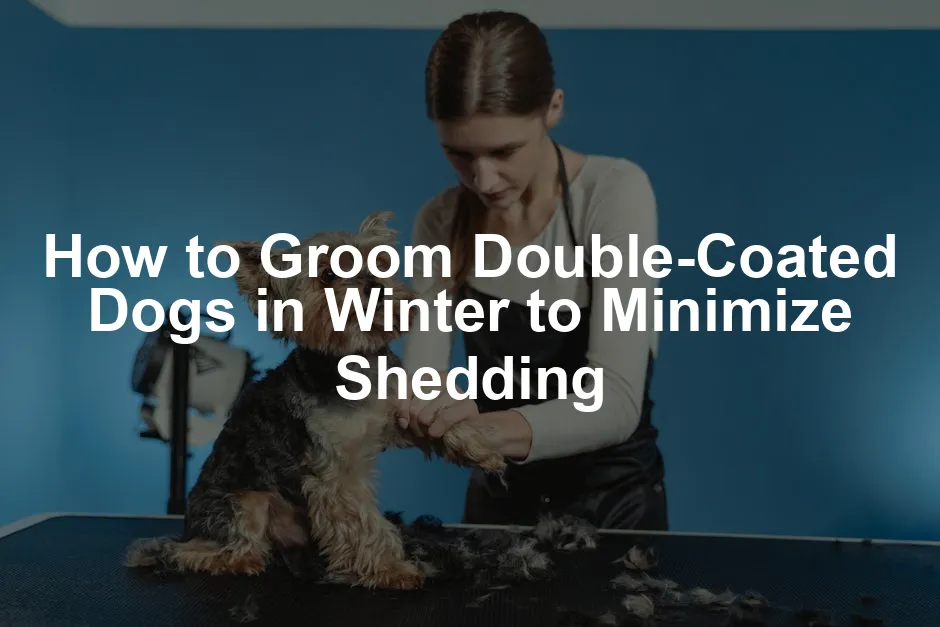Introduction
Do you have a double-coated dog? If so, winter grooming is essential! These furry friends often shed more during colder months. Proper grooming helps minimize this shedding. This guide offers practical tips and best practices for grooming your double-coated dog effectively.
Summary and Overview
Double-coated dogs have two layers of fur. The topcoat is coarse and protective, while the undercoat is soft and insulating. Shedding can be a challenge during winter, as undercoats often release loose hair. Regular grooming maintains a healthy coat and skin. It also reduces shedding around your home. This article focuses on grooming techniques, tools, and best practices for winter grooming.
Understanding Double-Coated Dogs
What is a Double Coat?
Double-coated dogs possess two distinct layers of fur. The undercoat consists of soft, dense hairs that provide insulation and warmth. This layer protects against extreme temperatures. The topcoat, made of longer guard hairs, repels dirt and moisture. These two layers work together to regulate your dog’s temperature. In winter, the undercoat keeps them warm, while the topcoat shields against the elements. Regular grooming is vital to remove dead hair and prevent matting.
Common Double-Coated Breeds
Many popular breeds have double coats. Some well-known examples include:
- Siberian Husky: Bred for cold climates, their thick double coat keeps them warm.
- Golden Retriever: Their water-repellent topcoat helps them in various conditions.
- German Shepherd: This breed has a dense undercoat that provides insulation.
Each of these breeds benefits from their double coat, which offers protection and temperature regulation. However, they also require regular grooming to manage shedding effectively.
To make grooming easier and more effective, consider using a Slicker Brush for Dogs. This tool is fantastic for tackling those pesky mats and tangles, ensuring your dog looks sharp and feels great!
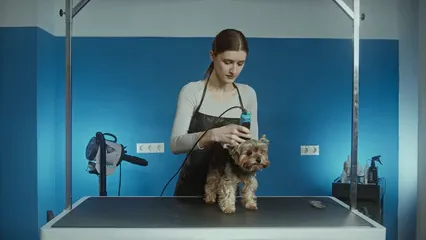
Grooming Best Practices for Winter
Frequency of Grooming
Grooming your double-coated dog in winter is essential. Aim for at least once a week. This helps remove loose undercoat hair. During shedding cycles, you might need to groom more often. Many dogs shed their undercoats in late winter. Pay attention to your dog’s coat condition. If you notice more fur around your home, increase grooming frequency. Regular brushing maintains a healthy coat and skin. It also reduces the amount of hair in your living space. Consistency is key for effective grooming and minimizing winter shedding.
Tools for Grooming Double-Coated Dogs
Having the right tools makes a big difference. Essential tools include a slicker brush, Undercoat Rake for Dogs, and de-shedding tool. A slicker brush tackles mats and tangles in the topcoat. An undercoat rake is perfect for removing loose undercoat hair. De-shedding tools help manage excessive shedding effectively. When choosing tools, consider your dog’s coat type. For thicker coats, opt for sturdier brushes. For finer coats, select gentler tools to avoid skin irritation. Investing in quality grooming tools ensures a comfortable experience for your pup. You can find budget-friendly dog grooming tools for home use that suit your needs.
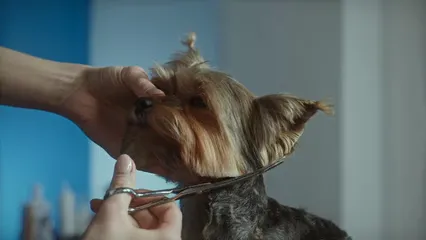
Choosing the right grooming tools is essential for maintaining your dog’s coat. budget-friendly dog grooming tools for home use can make grooming easier and more effective.
Techniques for Minimizing Shedding
Start by thoroughly brushing your dog. Begin with the undercoat using an undercoat rake. Work in sections, brushing gently to remove loose hair. Follow up with a slicker brush for the topcoat. This helps to smooth the fur and distribute natural oils. Bathing in winter is also important. Use dog-specific shampoo to clean the coat effectively. Ensure the water is warm but not hot. After bathing, dry your dog thoroughly to prevent chills. Consider using a high-velocity dog dryer to help remove excess water and loose hair. Regular grooming, combined with proper bathing, keeps shedding at bay.
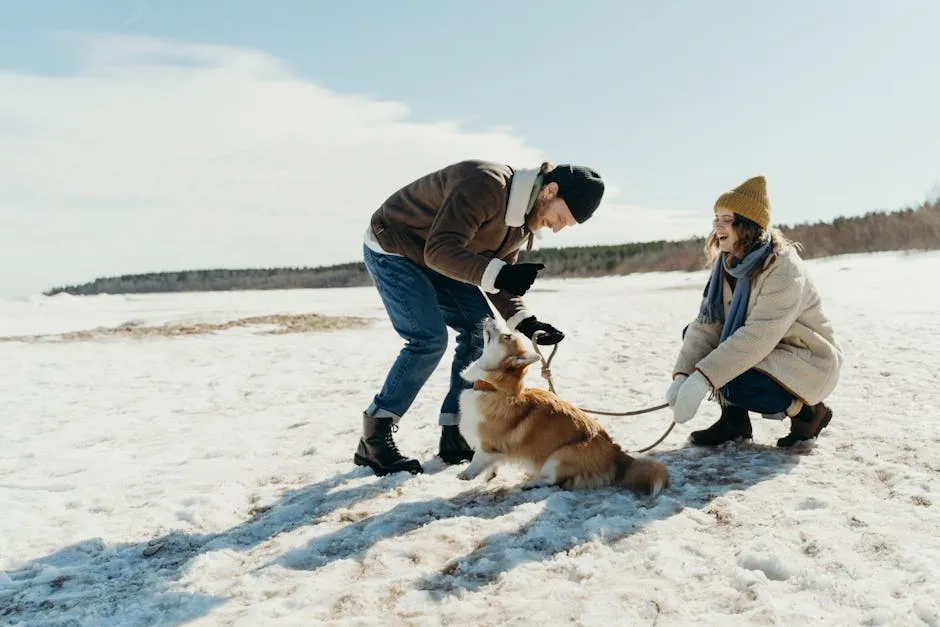
Additional Winter Grooming Tips
Nutrition and Hydration
Your dog’s diet plays a crucial role in coat health, especially during winter. A well-balanced diet keeps their skin hydrated and fur shiny. Dry skin can lead to itching and flaking, making grooming more challenging. Consider adding omega fatty acids to their meals. These supplements improve coat quality and reduce shedding. Fish oil is a popular choice, as it promotes healthy skin. Additionally, ensure your dog stays hydrated. Fresh water is vital, even in colder months. Proper nutrition and hydration support overall wellness and make grooming easier.
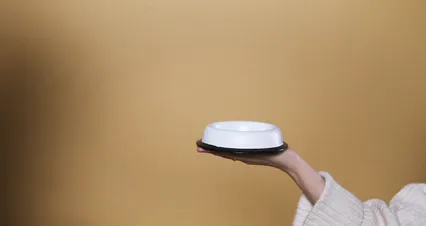
Other Grooming Considerations
While grooming, check for any skin issues. Look for dryness, redness, or unusual bumps. These can indicate underlying problems that may need attention. Managing mats and tangles is essential too. Use a slicker brush or comb to carefully work through knots. Start at the ends and work your way up to avoid discomfort. If matting is severe, consider using a de-matting tool. Always be gentle to prevent hurting your dog. Regular grooming sessions help catch any issues early, ensuring a healthier coat and happier pup. Understanding and treating common skin issues in dogs is also important during grooming.
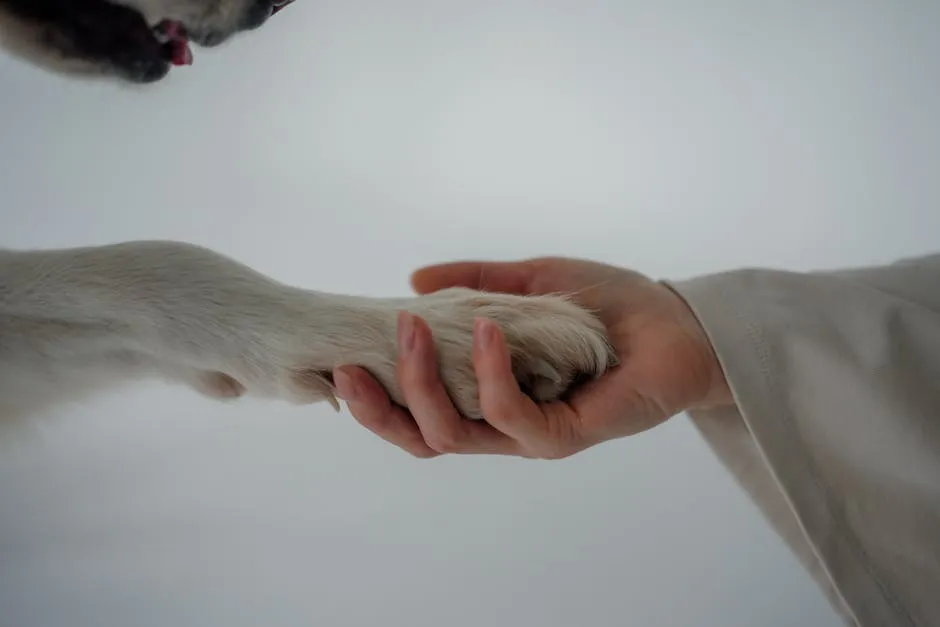
Checking for skin issues while grooming can prevent bigger problems. Learn more about understanding and treating common skin issues in dogs.
When to Seek Professional Grooming
Sometimes, it’s best to consult a professional groomer. If you notice excessive shedding or persistent mats, a groomer can help. They have specialized tools and techniques for managing double coats. Additionally, if your dog shows signs of discomfort during grooming, it may be time for a professional touch. Professional grooming offers benefits like thorough de-shedding treatments and expert coat care. Regular visits can keep your dog’s coat in top shape, making home grooming easier. Don’t hesitate to seek help when needed to ensure your furry friend stays comfortable and healthy.
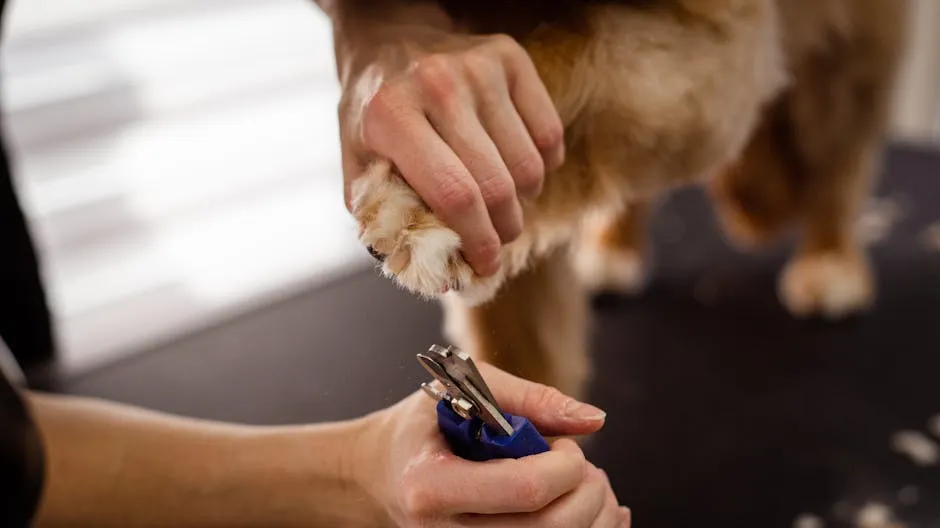
Conclusion
Regular grooming for double-coated dogs in winter is essential. It helps maintain a healthy coat and minimizes shedding. Remember, a well-groomed dog is a happy dog! The tips and techniques shared in this guide can make a real difference.
We encourage you to adopt these practices in your grooming routine. Have you tried any of these methods? Share your experiences or tips in the comments below. Your insights could help fellow dog owners!
FAQs
What are the signs that my double-coated dog is shedding excessively?
Excessive shedding can manifest in several ways. Look for clumps of fur around your home. If you notice bald patches or increased hair loss during grooming, that’s a concern. Other signs include excessive scratching or irritated skin. If you see these signs, it’s a good idea to consult your veterinarian. They can determine if there’s an underlying health issue.
Can I shave my double-coated dog in winter?
No, shaving double-coated dogs is not recommended. Their coats serve essential functions, like temperature regulation. Shaving can lead to skin problems and disrupt the natural shedding cycle. It might also expose your dog to sunburn and heat stress. Always opt for regular grooming instead of shaving.
How often should I bathe my double-coated dog in winter?
During winter, you should bathe your double-coated dog every 4-6 weeks. This frequency helps remove dirt and loose hair. Use a gentle, dog-specific shampoo to avoid skin irritation. Ensure your dog is thoroughly dried after bathing to prevent chilling. Regular baths can make grooming easier by loosening the undercoat.
What are the best grooming tools for double-coated dogs?
To groom your double-coated dog effectively, having the right tools is essential. Here are some must-have grooming tools: Slicker Brush: This brush has fine, short wires close together. It helps remove mats and tangles in the topcoat, making it easier to manage your dog’s fur. Undercoat Rake: Designed specifically for double coats, this rake has long, sharp teeth. It reaches the undercoat to remove loose hair and prevents matting. De-shedding Tool: This tool is perfect for managing shedding. It gently removes dead undercoat hair without damaging the topcoat. Pin Brush: Use this brush for a final touch-up. It helps distribute natural oils throughout the coat, promoting shine and health. Grooming Comb: A comb helps tackle any remaining tangles after brushing. It’s also great for checking for debris or skin issues. Bathing Supplies: Invest in dog-specific shampoo and conditioner. These products keep your dog’s coat clean, soft, and healthy. Each of these tools plays a vital role in maintaining your dog’s coat, reducing shedding, and keeping their skin healthy.
How can I improve my dog’s coat health during winter?
Winter can be tough on your dog’s coat. To keep it healthy, consider these dietary changes and supplements: High-Quality Dog Food: Ensure your dog eats a nutritious diet. Look for foods rich in omega fatty acids, which help maintain a healthy coat and skin. Omega-3 and Omega-6 Supplements: These essential fatty acids support skin health. Fish oil or flaxseed oil are great options to add to your dog’s meals. Hydration: Keep fresh water available at all times. Proper hydration is crucial for skin health, especially in dry winter air. Fruits and Vegetables: Adding fruits like blueberries or vegetables like carrots can enhance coat health. They provide essential vitamins and antioxidants. Regular Treats: Choose treats that are high in omega fatty acids. They can improve your dog’s coat while keeping them happy. By focusing on your dog’s nutrition, you can enhance their coat’s appearance and overall health during winter.
Is it necessary to groom my double-coated dog during winter?
Absolutely! Grooming your double-coated dog in winter is essential for several reasons. First, regular grooming helps remove loose undercoat hair. This is important as it minimizes shedding around your home. Even in winter, double-coated dogs shed their undercoats. Second, grooming promotes healthy skin and coat. It helps distribute natural oils, keeping your dog’s skin moisturized and fur shiny. This is especially crucial in dry winter months. Additionally, grooming allows you to check for skin issues. You can spot irritations, mats, or parasites early, ensuring your dog stays healthy. Regular grooming sessions can also strengthen your bond with your furry friend. So, regardless of the season, grooming is vital for your double-coated dog’s health and happiness.
How can I reduce shedding in my home?
Managing shedding in your home can be a challenge, but these practical tips can help: Regular Brushing: Brush your dog at least once a week, or more during shedding seasons. This reduces the amount of loose hair in your home. Vacuum Frequently: Invest in a good vacuum cleaner designed for pet hair. Regular vacuuming will keep your floors and furniture fur-free. Use Pet-Friendly Furniture Covers: Protect your furniture with washable covers. They can easily be cleaned to remove hair. Designate a Grooming Area: Create a specific spot for grooming. This helps contain the mess and makes cleanup easier. Consider a De-shedding Treatment: Some grooming salons offer professional de-shedding services that can significantly reduce shedding at home. Maintain a Clean Environment: Regularly wash your dog’s bedding and toys. This helps keep your living space tidy and free of fur. By implementing these strategies, you can effectively manage shedding and enjoy a cleaner home.
Please let us know what you think about our content by leaving a comment down below!
Thank you for reading till here 🙂
All images from Pexels

